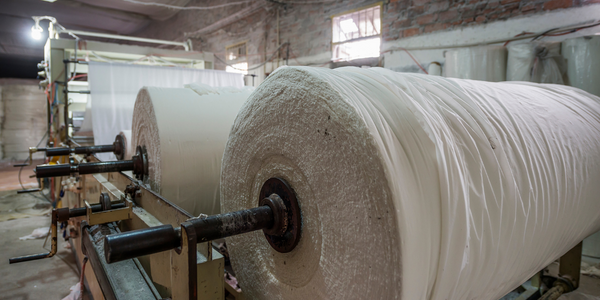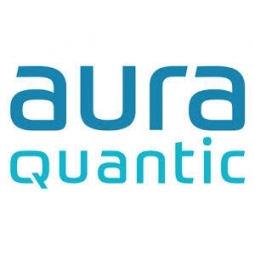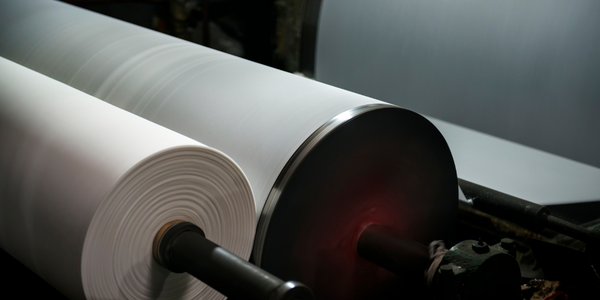Technology Category
- Application Infrastructure & Middleware - Event-Driven Application
- Platform as a Service (PaaS) - Application Development Platforms
Applicable Industries
- Finance & Insurance
- Paper & Pulp
Applicable Functions
- Product Research & Development
Use Cases
- Construction Management
- Inventory Management
Services
- System Integration
About The Customer
Infotic S.A. is a Colombian company founded in 2006, dedicated to the integration, outsourcing, and project management of information and communication technologies. The company is primarily focused on providing operational, administrative, technological, and computer services to public entities. Infotic works with mayors and governments nationwide to formulate and execute projects led by the Ministry of Information Technologies and Communications, such as Vive Digital and Online Government. The company is committed to providing high-quality products and services, managing projects and software that offer innovative solutions with a high degree of compliance, execution, and market vision.
The Challenge
Infotic S.A., a Colombian company providing operational, administrative, technological and IT services to public and private entities, was facing challenges in managing its growth and maintaining its market leader position. The company's main objective was to increase its capacity for innovation and productivity. However, all their internal processes were manual, leading to task duplication, human errors, loss of information, lack of internal management control, no established execution times, process inefficiency, and disparate information. The company needed a vast change in organizational culture and a strategy to automate processes, increase efficiency across their activities and manage customer service promptly. To achieve these goals, Infotic selected the AuraQuantic LCAP solution, a customizable and intuitive platform that allows creating new applications without the need for programming.
The Solution
After a detailed analysis of Infotic’s main activities, a digital transformation project was defined to automate the entire business line. The AuraQuantic Low-Code Digital Platform was implemented, allowing non-technical business users to create applications and make changes on the fly. This dynamic solution facilitated collaboration between executives and the IT team in the definition, implementation, and execution of different applications created for end-to-end company automation. Applications were created for project management, revenue management, accounts receivable management, bank balance updates, board of directors and/or assembly meetings, offer and contracting management, supplier and alliance contracting, debit and credit notes, document management, and billing. Each application integrated all the necessary information from other processes and applications, allowing for efficient tracking, control, and monitoring of activities and resources.
Operational Impact
Quantitative Benefit

Case Study missing?
Start adding your own!
Register with your work email and create a new case study profile for your business.
Related Case Studies.

Case Study
Wireless Improves Efficiency in Compressed Air Systems
Hollingsworth and Vose wanted to improve the efficiency of their compressed air system, lower the electricity expense component of manufacturing cost in their commodity industry, and conserve energy leading to lowered greenhouse gas emissions. Compressed air systems degrade over time and become leaky and inefficient. Hollingsworth and Vose wanted to increase the frequency of system inspections without paying the high cost of manual labor.

Case Study
Real-time In-vehicle Monitoring
The telematic solution provides this vital premium-adjusting information. The solution also helps detect and deter vehicle or trailer theft – as soon as a theft occurs, monitoring personnel can alert the appropriate authorities, providing an exact location.“With more and more insurance companies and major fleet operators interested in monitoring driver behaviour on the grounds of road safety, efficient logistics and costs, the market for this type of device and associated e-business services is growing rapidly within Italy and the rest of Europe,” says Franco.“The insurance companies are especially interested in the pay-per-use and pay-as-you-drive applications while other organisations employ the technology for road user charging.”“One million vehicles in Italy currently carry such devices and forecasts indicate that the European market will increase tenfold by 2014.However, for our technology to work effectively, we needed a highly reliable wireless data network to carry the information between the vehicles and monitoring stations.”

Case Study
Process Predictive Analysis in Pulp and Paper Mill
Common paper breaks consequently lead up to 60 minutes of downtime, delaying a potential $10K per hour of production value process. Thus, defective products cause financial and damage company's reputation. Improving quality and reducing defect rates can generate millions of dollars of revenue per year for your company.

Case Study
Safety First with Folksam
The competitiveness of the car insurance market is driving UBI growth as a means for insurance companies to differentiate their customer propositions as well as improving operational efficiency. An insurance model - usage-based insurance ("UBI") - offers possibilities for insurers to do more efficient market segmentation and accurate risk assessment and pricing. Insurers require an IoT solution for the purpose of data collection and performance analysis

Case Study
Smooth Transition to Energy Savings
The building was equipped with four end-of-life Trane water cooled chillers, located in the basement. Johnson Controls installed four York water cooled centrifugal chillers with unit mounted variable speed drives and a total installed cooling capacity of 6,8 MW. Each chiller has a capacity of 1,6 MW (variable to 1.9MW depending upon condenser water temperatures). Johnson Controls needed to design the equipment in such way that it would fit the dimensional constraints of the existing plant area and plant access route but also the specific performance requirements of the client. Morgan Stanley required the chiller plant to match the building load profile, turn down to match the low load requirement when needed and provide an improvement in the Energy Efficiency Ratio across the entire operating range. Other requirements were a reduction in the chiller noise level to improve the working environment in the plant room and a wide operating envelope coupled with intelligent controls to allow possible variation in both flow rate and temperature. The latter was needed to leverage increased capacity from a reduced number of machines during the different installation phases and allow future enhancement to a variable primary flow system.








